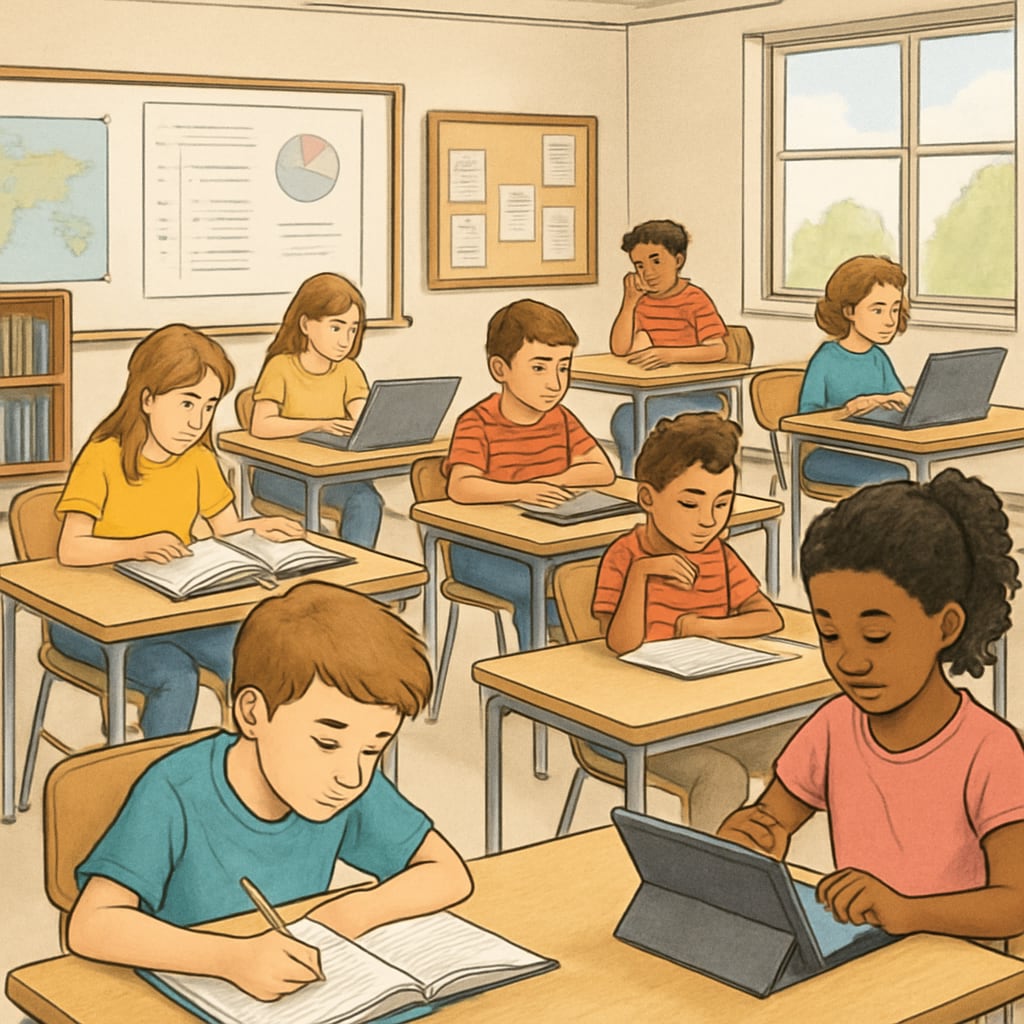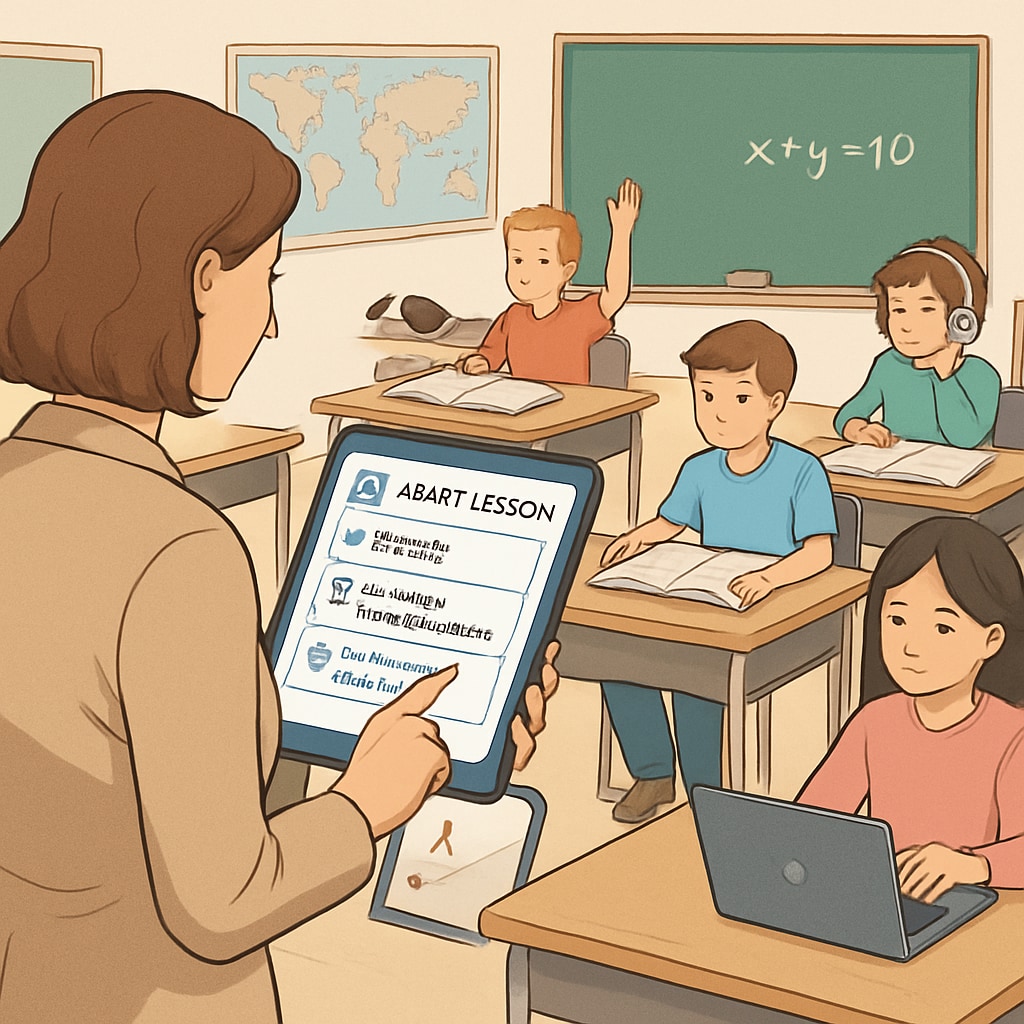In the ever-evolving world of K12 education, understanding the daily challenges faced by students and educators is critical to driving meaningful change. Among these challenges, educational pain points, tool needs, and feedback from students and educators form the core of what needs to be addressed. This article delves into the common issues faced in classrooms, evaluates the shortcomings of existing tools, and outlines innovative directions for creating solutions that align with real-world needs.
Key Educational Pain Points in K12 Classrooms
K12 classrooms are diverse ecosystems, and with diversity comes a range of challenges. Despite advancements in educational technology, many pain points continue to hinder effective teaching and learning. These include:
- Overburdened Teachers: Many educators face heavy workloads, including lesson planning, grading, and administrative tasks, leaving limited time for personalized student engagement.
- Student Engagement Challenges: Capturing and maintaining the attention of students, particularly in a digitally distracted world, is a persistent struggle.
- Unequal Access to Resources: Socioeconomic disparities often result in unequal access to quality educational tools and technology.
- Assessment Limitations: Traditional assessment methods may fail to capture the diverse abilities and learning styles of students.
These pain points highlight the urgent need for practical, innovative solutions tailored to the realities of modern education.

Current Educational Tools: Strengths and Shortcomings
While educational technology has made significant strides in recent years, there are notable gaps in its ability to address the core challenges of K12 education. Here are some strengths and weaknesses of existing tools:
Strengths:
- Many tools offer engaging multimedia content to enhance learning experiences.
- Digital platforms provide opportunities for remote and flexible learning.
- Some tools enable data-driven insights for personalized instruction.
Shortcomings:
- Complex user interfaces often overwhelm both educators and students.
- Limited adaptability for diverse learning styles and needs.
- High costs and infrastructure requirements exclude underfunded schools.
- Security and privacy concerns with student data remain unresolved in many instances.
To bridge these gaps, it’s essential to involve educators and students in the tool development process actively.
Innovative Directions for Educational Tools
Based on feedback from educators and students, the following principles should guide the development of next-generation educational tools:
- Simplicity and User-Centric Design: Tools should prioritize intuitive interfaces that reduce the learning curve for all users.
- Personalization: Adaptive learning technologies can cater to the unique needs of each student, fostering engagement and understanding.
- Accessibility and Affordability: Solutions must be designed to work across diverse economic and technological contexts, ensuring inclusivity.
- Collaborative Features: Tools that facilitate collaboration among students and teachers can enrich the learning experience.
- Data Security: Robust measures to protect student data and privacy must be a fundamental component of any solution.
For example, integrating AI-driven personalization with gamified learning experiences could address both engagement and learning outcome disparities. Additionally, platforms like Britannica and Wikipedia could be better integrated into classroom tools to provide reliable, age-appropriate content.

Conclusion: Toward a Collaborative Future in Education
Addressing educational pain points, identifying tool needs, and incorporating feedback from students and educators are critical steps toward transforming K12 education. By focusing on simplicity, personalization, accessibility, collaboration, and security, educational tools can become more effective and inclusive.
As we look to the future, the collaboration between educators, technologists, and policymakers will play a pivotal role in shaping an ecosystem that supports every learner. The journey begins with listening to those at the heart of education—students and teachers—and creating tools that truly meet their needs.
Readability guidance: This article uses short paragraphs, bullet points, and concise language to ensure clarity. Overarching themes are supported with examples and external references, enhancing credibility and engagement.


